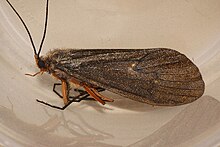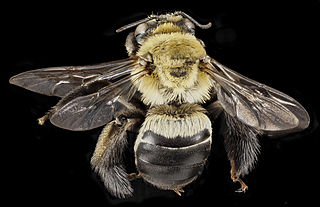
Svastra atripes is a species of long-horned bee in the family Apidae. It is found in North America.

Chimarra is a genus of little black caddisflies in the family Philopotamidae. There are more than 630 described species in Chimarra.

Leptocerus is a genus of long-horned caddisflies in the family Leptoceridae. There are more than 140 described species in Leptocerus.
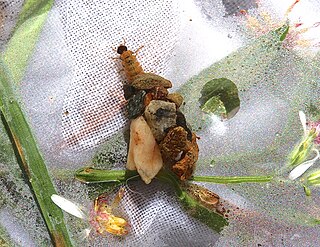
Glossosoma nigrior is a species of little black caddisfly in the family Glossosomatidae. It is found in North America.
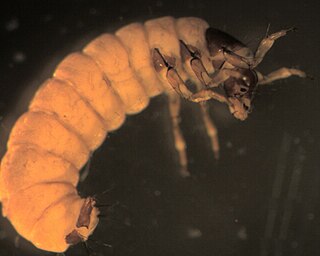
Glossosoma is a genus of little black caddisflies in the family Glossosomatidae. There are more than 110 described species in Glossosoma.
Smicridea is a genus of netspinning caddisflies in the family Hydropsychidae. There are more than 210 described species in Smicridea.

Dicosmoecus is a genus of october caddis in the family Limnephilidae. There are about six described species in Dicosmoecus.
Dicosmoecus gilvipes is a species of northern caddisfly in the family Limnephilidae. This particular caddisfly is found in and near streams of North America, from northern California and Colorado to British Columbia and as eastern to Nevada, Idaho, Montana and Alberta. D. gilvipes is commonly known as the October Caddis, Autumn Caddis or Giant Orange Sedge, due to their flying presence acknowledged in the Autumn. Caddisflies are known to build cases when they are in larvae stages, to protect themselves from predators, such as dragonflies, salmon and trout. The October Caddisfly is no different and builds their cases out of different organic materials during their five larvae stages.
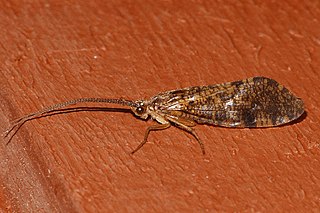
Banksiola is a genus of giant casemakers in the family Phryganeidae. There are about five described species in Banksiola.
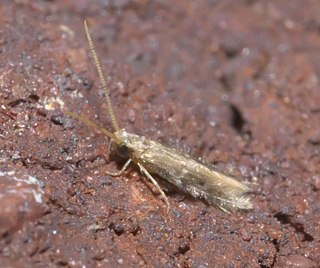
Oxyethira is a genus of microcaddisflies in the family Hydroptilidae. There are more than 210 described species in Oxyethira.

Glyphopsyche irrorata is a species of northern caddisfly in the family Limnephilidae.

Glyphopsyche is a genus of northern caddisflies in the family Limnephilidae. There are at least three described species in Glyphopsyche.
Himalopsyche phryganea is a species of free-living caddisfly in the family Rhyacophilidae. It is found in North America.

Setodes is a genus of long-horned caddisflies in the family Leptoceridae. There are at least 230 described species in Setodes.
Brachycentrus lateralis is a species of humpless casemaker caddisfly in the family Brachycentridae. It is found in North America.

Ironoquia is a genus of northern caddisflies in the family Limnephilidae. There are about seven described species in Ironoquia.

Ceraclea maculata is a species of long-horned caddisfly in the family Leptoceridae. It is found in North America.

Ceraclea is a genus of long-horned caddisflies in the family Leptoceridae. There are more than 140 described species in Ceraclea.
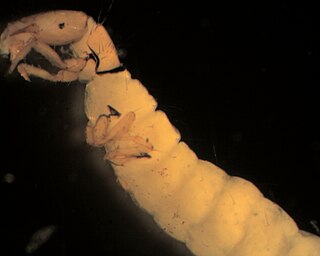
Wormaldia is a genus of fingernet caddisflies in the family Philopotamidae. There are more than 140 described species in Wormaldia. Fossil species have been described from the Late Cretaceous Burmese amber of Myanmar.
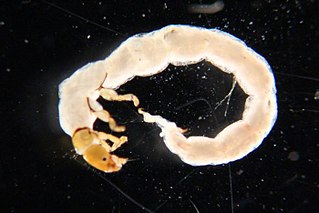
Polycentropus is a genus of tube maker caddisflies in the family Polycentropodidae. There are more than 190 described species in Polycentropus.
